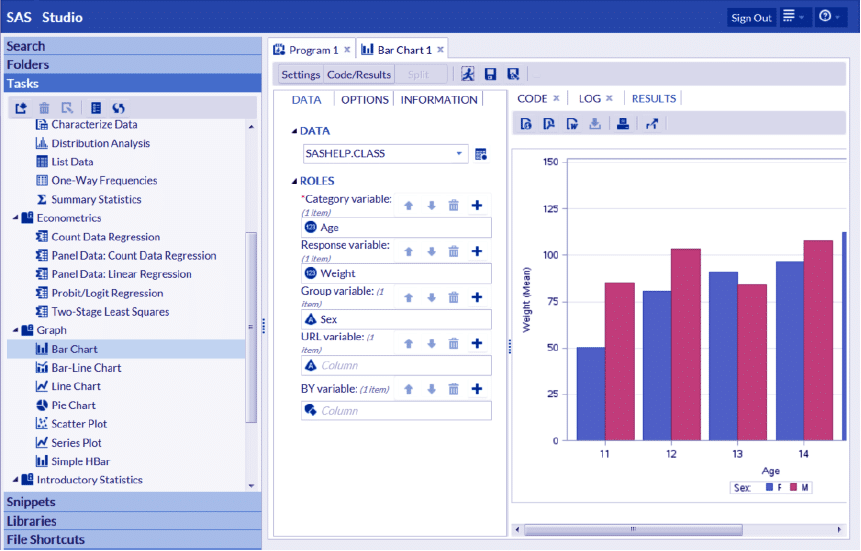

Module 5: Introduction to event files and how to use them Module 4 discusses the second approach - converting the calendar strings into a file of single months - and provides two examples of using this approach in analyzing the calendar data. Module 4: Restructuring the calendar into a file of single months Module 3 describes the first approach to extracting data from the calendar, and provides four examples of the use of string parsing. Module 2 discusses how the data are stored in the recode file, the string variables used to hold the calendar data, the coding scheme used for the calendar variables in the recode files, and how to "read" the calendar data, and introduces the three main approaches used to process the calendar data - string parsing, single month files, and event files. Module 2: How are the calendar data stored in datasets and how do I analyze the calendar data? The module provides some background and history for the DHS Contraceptive Calendar, and describes the structure of the calendar in the questionnaire and how the data are collected. Module 1 describes the DHS Contraceptive Calendar. Module 1: What is the contraceptive (or reproductive) calendar? This tutorial does not provide an introduction to statistical software or the DHS datasets - to learn about DHS datasets, please see the DHS Program tutorial video series. The DHS Contraceptive Calendar Tutorial is aimed at data analysts who are very familiar with statistical software and have prior experience working with DHS datasets, and who wish to learn to analyze the DHS calendar data. The Demographic and Health Surveys (DHS) Contraceptive Calendar Tutorial is designed to help DHS data users understand the DHS Contraceptive Calendar, its history, how it is completed in an interview, how the data are stored in the Individual Recode (IR) datasets, uses of the calendar data, and how to analyze the data. Video 2: Data Structure of the Contraceptive Calendar Video 1: Completing the Contraceptive Calendar



 0 kommentar(er)
0 kommentar(er)
